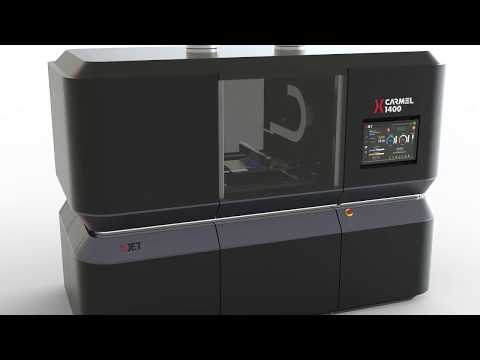https://giphy.com/embed/NHB0tbgRgjuKs
The digital watch revolution the 1980s was looked upon by fashion and traditional watchmakers with disdain, yet fast forward to the present day and the entire landscape has changed – currently peaking with the Louis Vuitton Tambour.
While other fashion houses have partnered with existing smart watches, or at least licensed software, the French luxury brand has stepped out on its own to create three models of the Tambour Horizon smartwatch, producing every part of the watch, from iconic monogrammed strap to case designs and even UI displays and preloaded apps.
The overlying theme of the watch still marries up with the brand’s heritage of global travel kit – with the watch updating its we’re of flight delays, gate information, and, on the ground, local tourist spots – while its in-house software allows it to connect and work with both iOS and Android smartphones via Bluetooth.
It’s an interesting play from a design standpoint to see a brand the size of Louis Vuitton creates not only a new timepiece from scratch, but also an integrated software package, selection of user interfaces, apps, integrated web connectivity and digital marketing campaign.
Brands are having to quickly act to become more versatile and encompass more skills as products increasingly have to adapt to the growing connected ecosystem – whether this is in-house, or using external labour – and this should have wider ranging effects on product design, meaning product designers might have to focus directly on specific skills or embrace a wider range of competencies.






